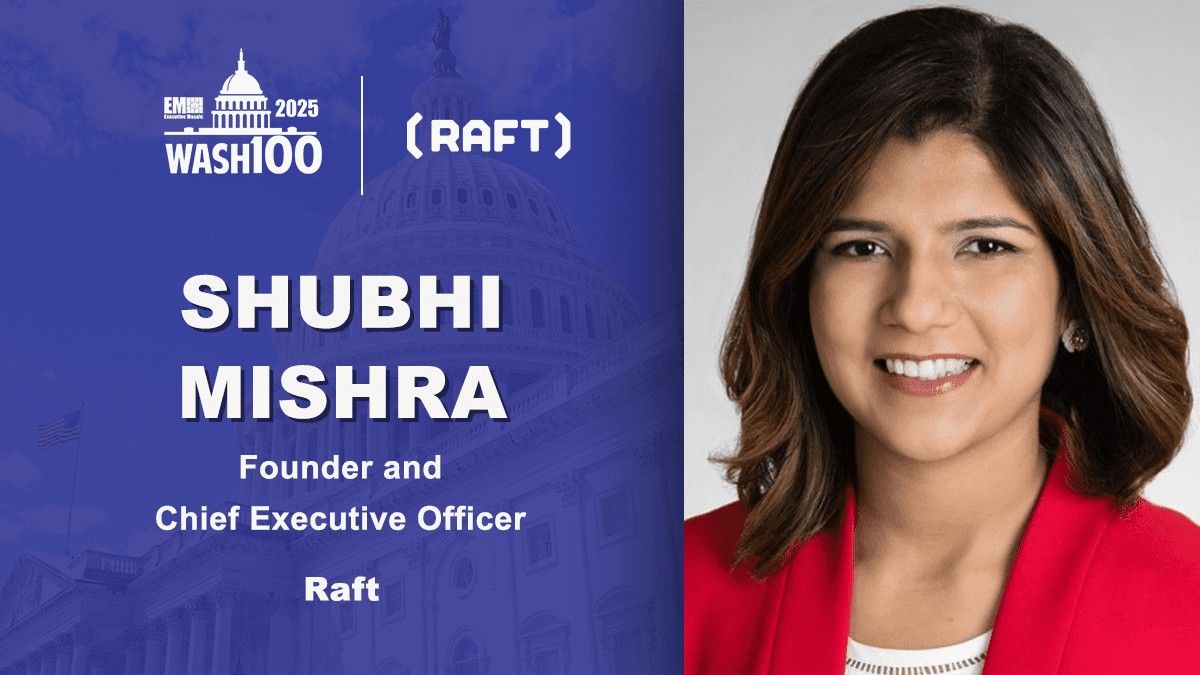आजादी के 100 वर्ष परे होने पर भारत बनेगा दुनिया का एक अपरिहार्य देश
15 अगस्त 2047 को स्वतंत्र और स्वतंत्र राष्ट्र के रूप में भारत के पहले सौ साल पूरे होने पर भारत के प्रधानमंत्री लाल किले की प्राचीर से क्या कहेंगे। शायद वे कहेंगे कि हम उस दिन से दूर, दूर और बहुत दूर की यात्रा कर चुके हैं, जब पंडित नेहरू ने संसद भवन में अपना प्रसिद्ध भाषण दिया था।
-
 न्यू इंडिया अब्रॉड नेटवर्क
न्यू इंडिया अब्रॉड नेटवर्क - Sun, 30, Jul 2023
- 03:43 EDT
- 1
ADVERTISEMENT
Latest News
- ओंटारियो के जॉर्जटाउन मंदिर में तोड़फोड़,... 04 Apr, 2025
- वॉशिंगटन स्टेट यूनिवर्सिटी ने पार्थ पांडे... 04 Apr, 2025
- IPA का 6वीं युवा निबंध प्रतियोगिता... 04 Apr, 2025
- भारतीय छात्रों के लिए कनाडा-अमेरिका सबसे... 04 Apr, 2025
- अमेरिका में हिंदू मंदिरों पर बढ़ते... 04 Apr, 2025
- अवैध प्रवास पर सख्ती: भारत-अमेरिका मिलकर... 04 Apr, 2025
- प्रियंका चोपड़ा की डॉक्यूमेंट्री में दिखेगा... 04 Apr, 2025
E Paper
Video
Related
Login to your account
PREVIEW OF NEW INDIA ABROAD
- Full access
- Unlimited view
- Free weekly E-Paper
- Daily newsletter





.jpg)


.jpg)









Comments
Start the conversation
Become a member of New India Abroad to start commenting.
Sign Up Now
Already have an account? Login